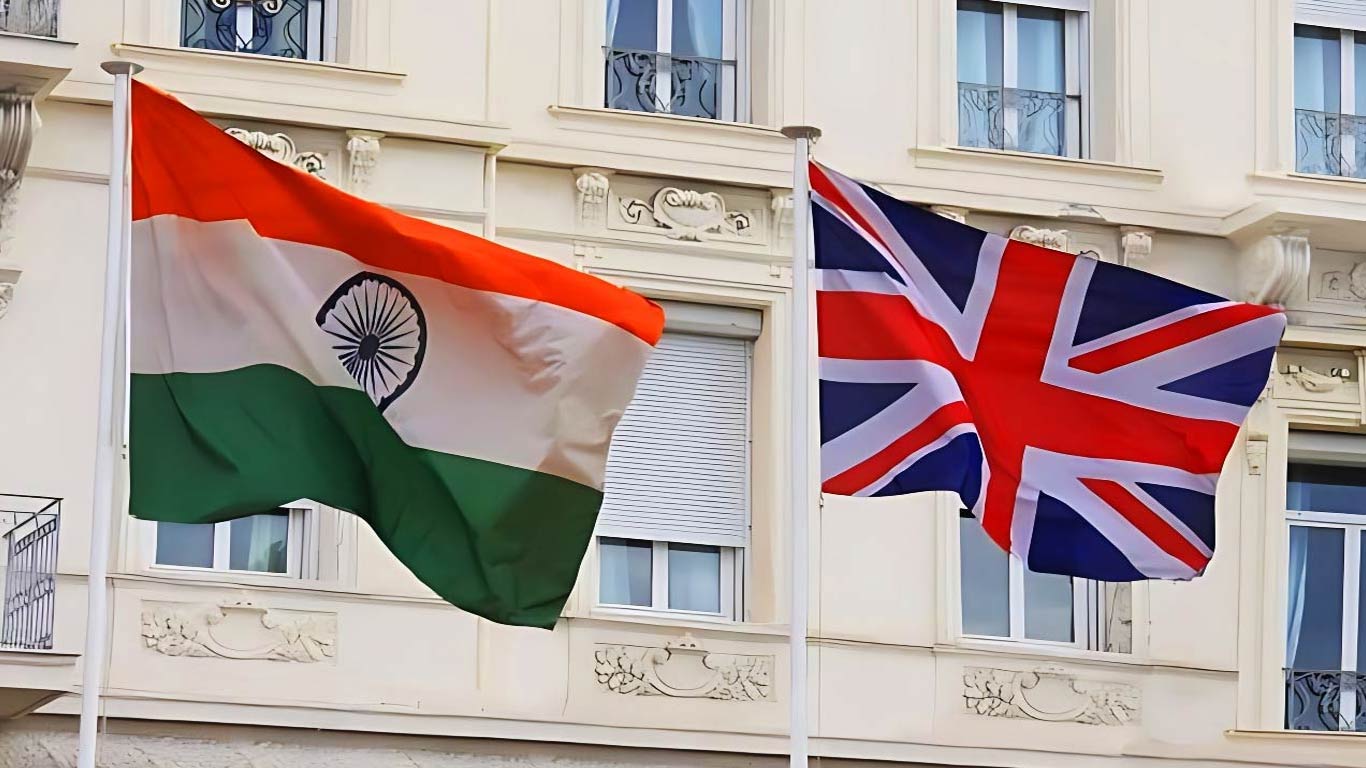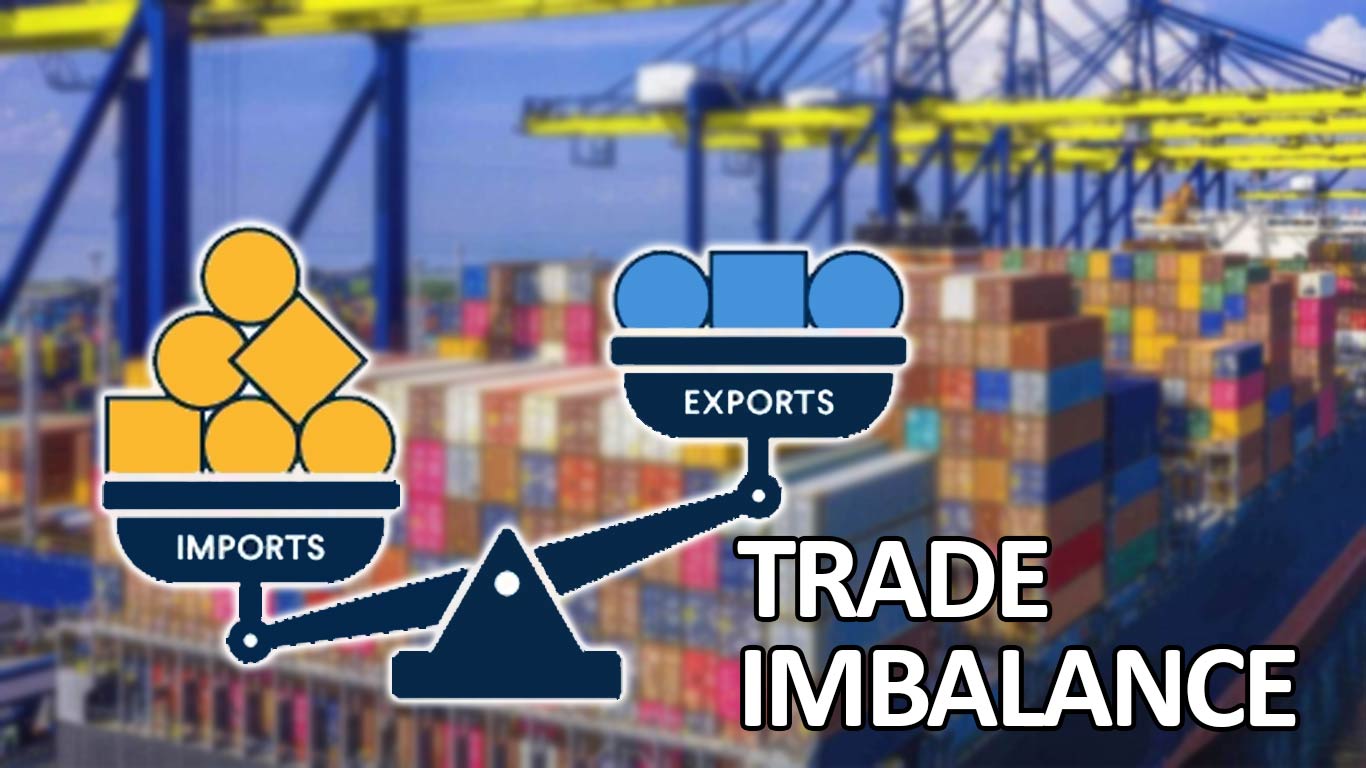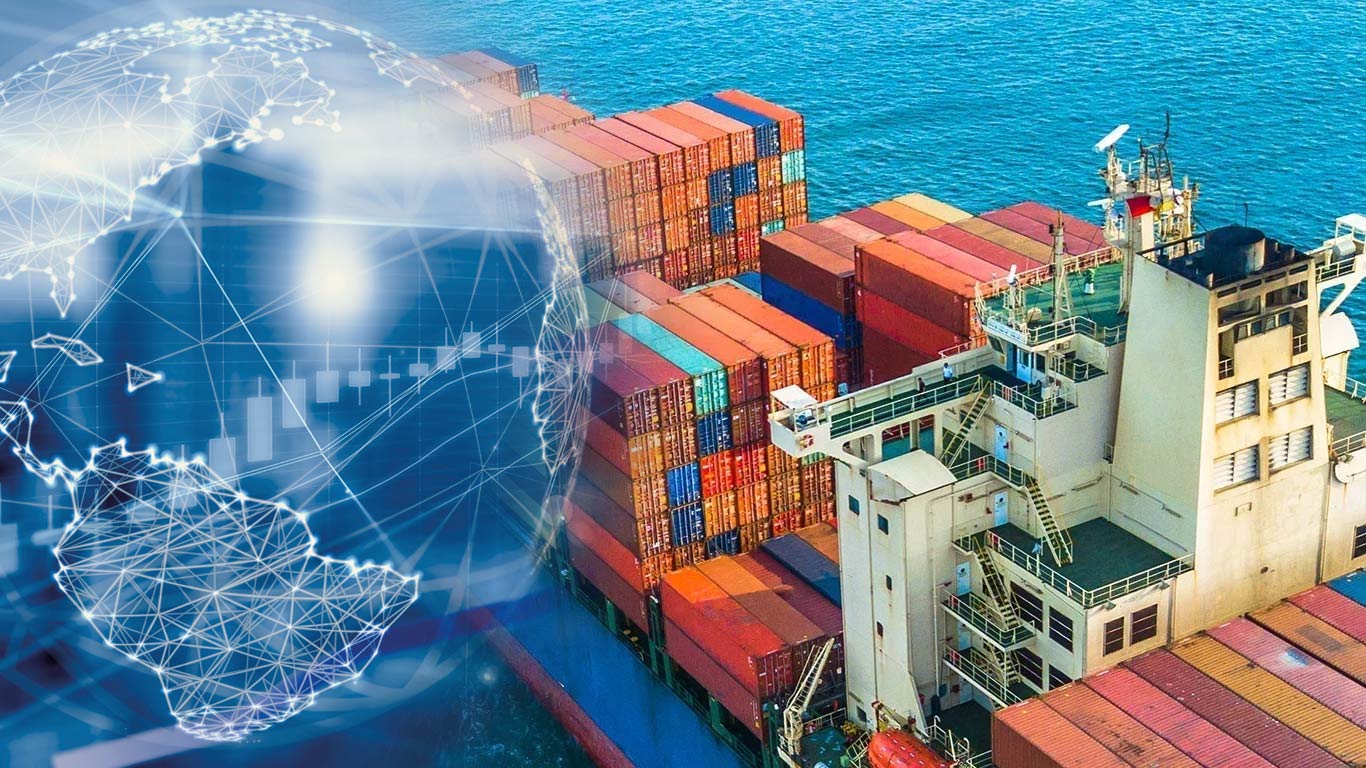Japan fixes MRL for Ethoxyquin in shrimp
Updated: Jan 21, 2014 04:41:10pm

Marine Products Export Development Authority Chairman, Leena Nair today said that the Ministry of Health, Labour and Welfare has officially notified the MRL for Ethoxyquin. The Maximum Residue Limit (MRL) has been fixed at 0.2 ppm in crustaceans including farmed shrimp, according to official data.
The move marks the end of an 18 month long battle by MPEDA, with the support of Ministry of Commerce and Industry and Embassy of India, Tokyo.
Ethoxyquin is chemically known as 1,2 - dihydro - 6 - ethoxy-2, 2,4- trimethylquinoline. It is used primarily as an antioxidant preservative in animal feed. It is also used in dehydrated storage of forage crops and as an antiscald agent in fruits.
The committee of the Japanese Ministry of Health, Labour and Welfare in its meeting of 29th November 2013 had approved to fix a Maximum Residue Limit (MRL) of 0.2 ppm in crustaceans including farmed shrimp. The MRL was notified on 2nd December 2013 for public comments in Japan, and was also placed in WTO.
The import inspection authorities of Japan had suddenly enforced the default level of 0.01ppm for Ethoxyquin in shrimps from India and Vietnam without any reason in August 2012.
The issue was immediately taken up with the Japanese Ministry of Health, Labour and Welfare (MHLW), METI and Ministry of Foreign Affairs, Japan by Ministry of Commerce and Industry, MPEDA and Embassy of India, Tokyo citing the lack of scientific reasoning behind their action.
Subsequently, then Minister of Health, Labour and Welfare referred the matter to the Food Safety Commission (FSC) under Cabinet Secretariat to assess and recommend Accepted Daily Intake (ADI) of Ethoxyquin in shrimps.
The issue was also taken up at almost all bilateral meetings between India and Japan including at the Prime Minister’s level.
Subsequently, the subcommittee of Food Safety Commission fixed the ADI for Ethoxyquin as 0.0083 mg /kg body weight in its meeting on 19th November 2013.
Meanwhile, the imports of shrimp from India has shown an increase of 20.10 per cent in quantity and 61.79 per cent in value on an year on year basis for the period January –November 2013 compared to 2012.
The increased intake in the country is attributed to short supply of shrimps from other major shrimp farming countries due to the Early Mortality Syndrome (EMS) disease and increased confidence in Indian farmed shrimp, especially the white leg (Litopenaeus vannamei) variety. The total shrimp imports upto November 2013 is 29153 tons worth 29651 million Yen.
India stands at third position in shrimp imports to Japan during 2013. The first position is occupied by Vietnam, followed by Indonesia. However, India became the largest supplier of frozen shrimp to Japanese market since September 2013.
Overall seafood imports from India also showed an increase of 44.15 per cent in value during the same period, though the quantity showed a slight decline of 0.17 per cent. (KNN/ES)











